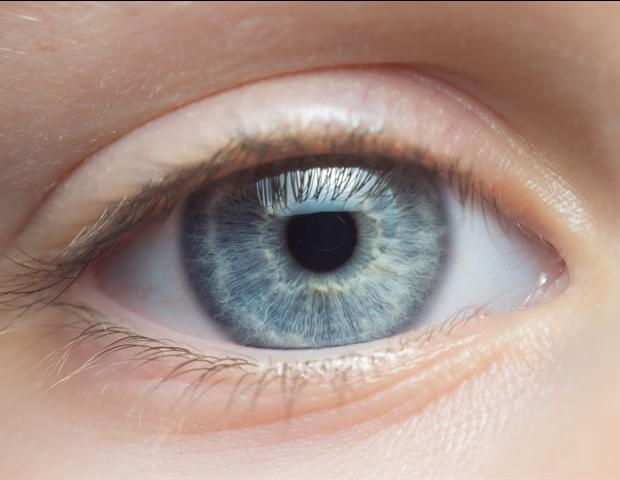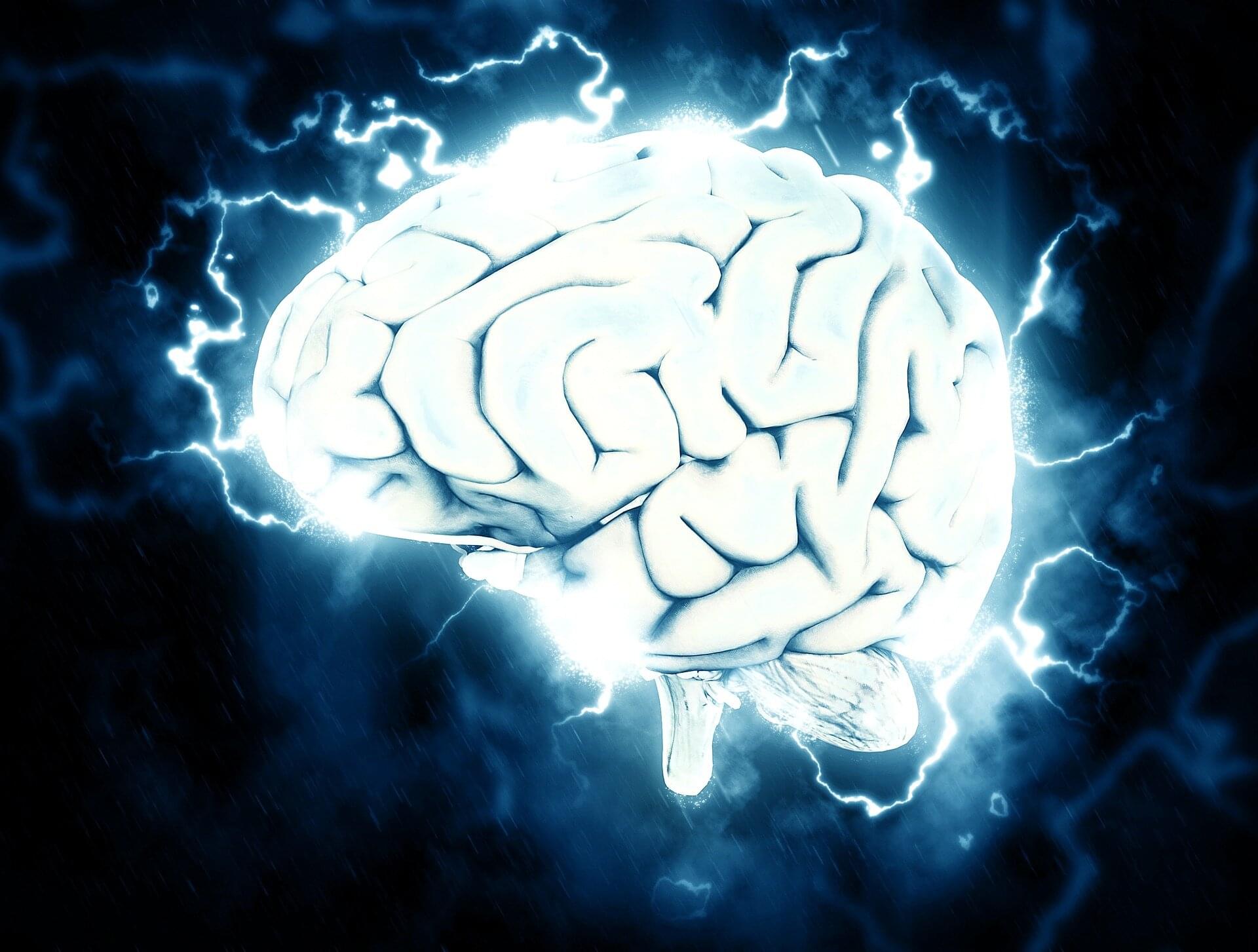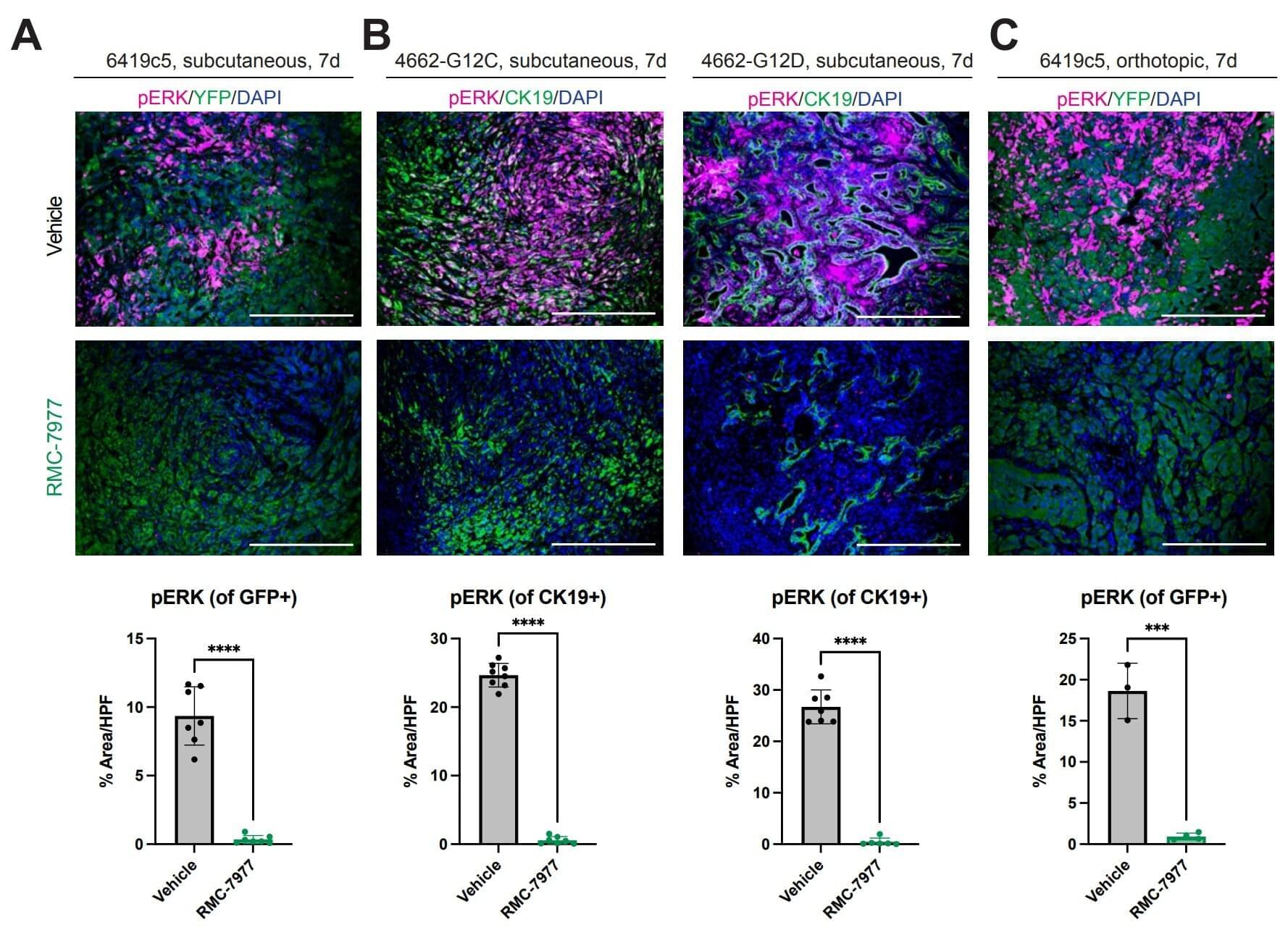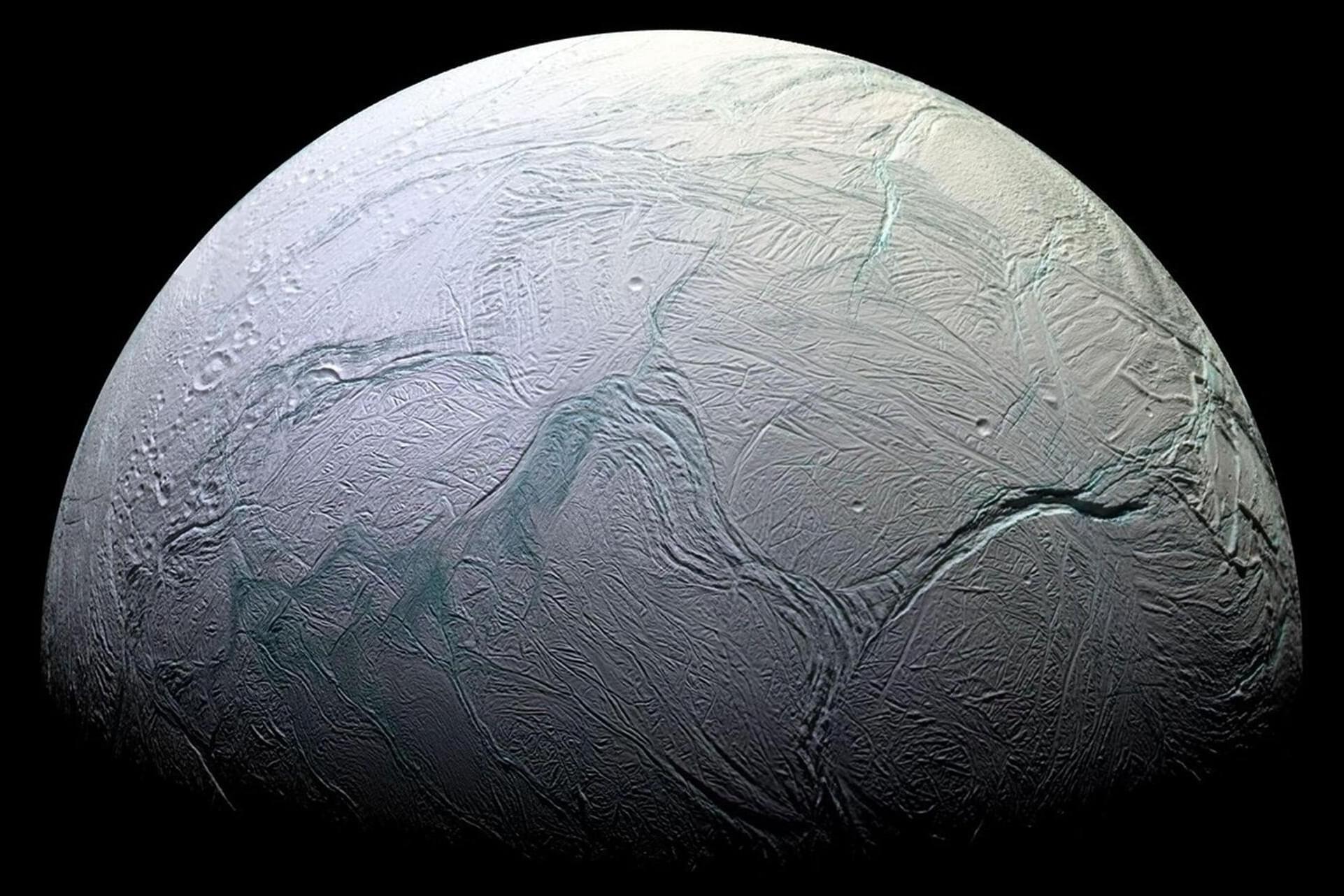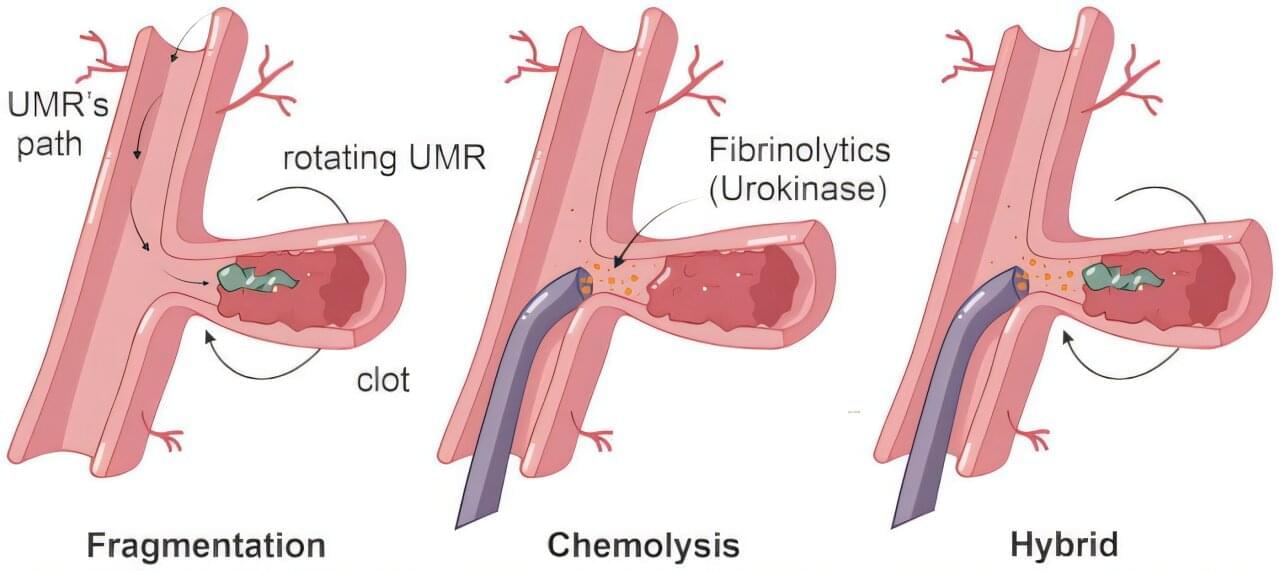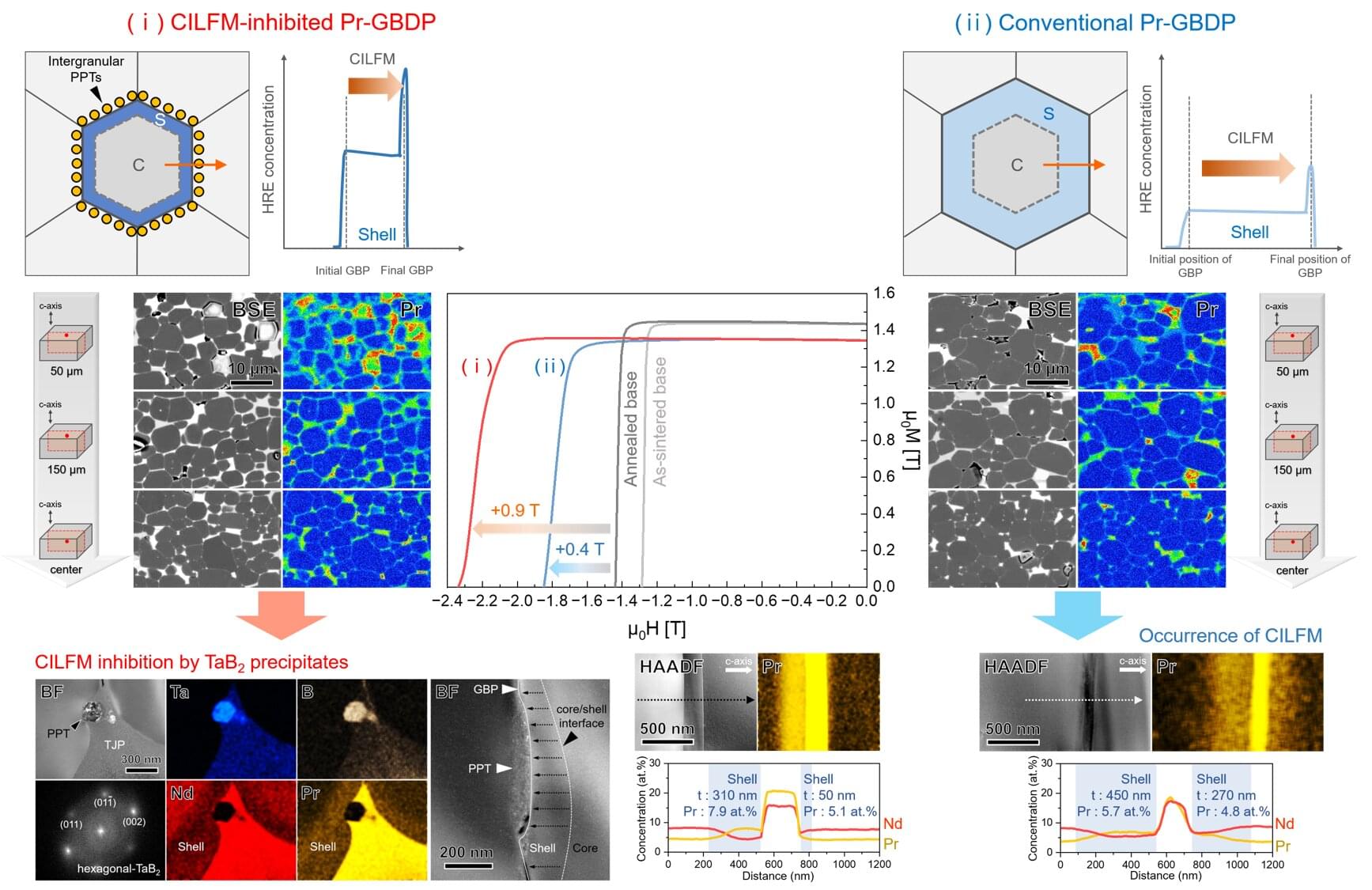Scientists have devised a way to store and read data from individual atoms embedded in tiny crystals only a few millimeters in size (where 1 mm is 0.04 inches). If scaled up, it could one day lead to ultra-high density storage systems capable of holding petabytes of data on a single disc — where 1 PB is equivalent to approximately 5,000 4K movies.
Encoding data as 1s and 0s is as old as the entire history of computing, with the only difference being the medium used to store this data — moving from vacuum tubes flashing on and off, tiny electronic transistors, or even compact discs (CDs), with pits in the surface representing 1s and smoothness indicating 0.


